With evidence of its early existence found engraved in the caves of Ajanta, bandhani boasts quite the legacy. Derived from the Sanskrit word ‘Banda’, which literally translates tying up, this is one of the oldest tie-and-dye techniques. No wonder then that the textile has garnered several admirers through the ages. We dig deep into the heritage of this dotted textile as a part of our #MakeInIndia series. Read on if you’re just as intrigued.

Naina Jain
The birth of bandhani
According to historical evidence, the first bandhani sari was worn in the 7th century, as mentioned in Bana Bhatt’s Harshacharita. The Ajanta wall paintings too display women adorned in tie-and-dye print blouses. Although the inception of bandhani is often traced to Jaipur, many believe that the Muslim Khatri community of Gujarat introduced the primeval tie-dye technique in Kutch. Today, cities like Jaipur, Sikar, Bhilwara, Udaipur, Bikaner, and Ajmer in Rajasthan and Jamnagar in Gujarat are key centers for bandhani production.

Pinakin
Vibrant in bandhani
The highly skilled process of bandhani involves tying several points of muslin or silk fabric with thread and then dyeing it. The knotted areas don’t catch colour, hence retaining the original hue of the cloth. After dyeing, the fabric is finally left for drying in open air. The result ends up being a variety of symbols including dots, waves, stripes and squares. Patterns include leheriya, mothra, ekdali and shikari, depending on the manner in which the cloth has been tied. The dominant colours intrinsic to the print are red, which is associated with marriage; yellow, which symbolizes spring and new mothers; saffron, which is a sign of austerity, and hence embraced by yogis; and black and maroon that stand for mourning.

Anita Dongre
The band of bandhani
Passed from one generation to the next, bandhani has stood the test of time. From saris and odhnis to turbans and chaniya-cholis, the popular tie-dye technique can be found in a variety of silhouettes. Anita Dongre has always championed the art form. Rahul Mishra has pushed boundaries with bandhani, though, using it for bomber jackets, quilted long coats, t-shirt sari dresses, and even handcrafted merino-wool sweatshirts. Nupur Kanoi is known to have given it a cool, sporty makeover.

Nupur Kanoi
Jump on the bandhani bandwagon

Naina Jain
An art form deeply rooted in Indian culture, bandhani is an obvious go-to choice for not just celebrities, but the rest of the world too. In case you’re looking to add it to your own closet, here are a few ideas to get you started:
- It’s no mystery that bandhani has survived through the years and has flexibly been adapted into fusion wear. We recommend trying a kurti or an indo-western style dress.
- While the textile is generally preferred for pre-wedding functions, you can wear a bandhani lehenga with gota-patti work in a pink or blue for an engagement or sangeet too.
- If you want to keep it simple, pair a plain white salwar set or anarkali with a bright bandhani dupatta for a fun contrast of hues.
Shop bandhani favourites on Aashni + Co here.

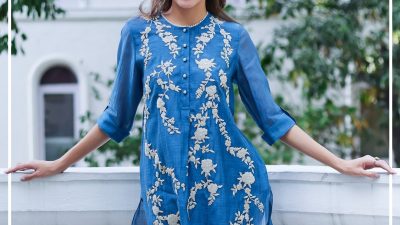
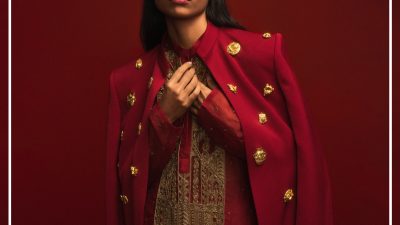
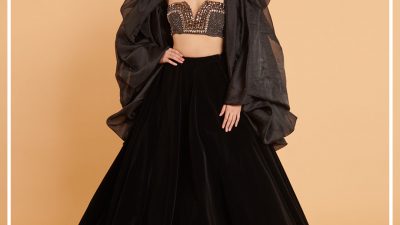
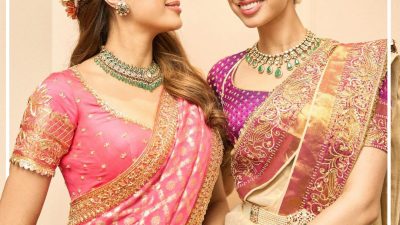
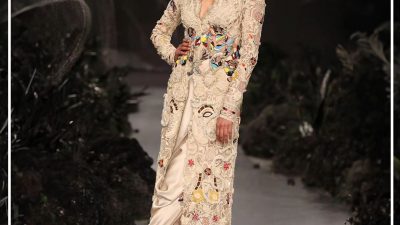
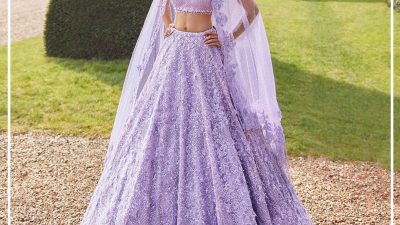
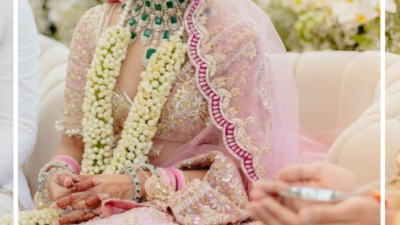
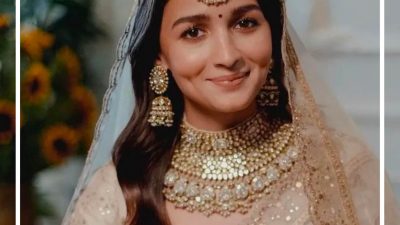
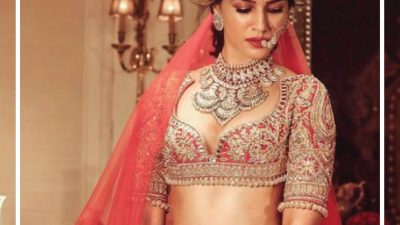

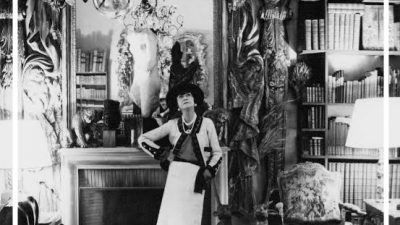
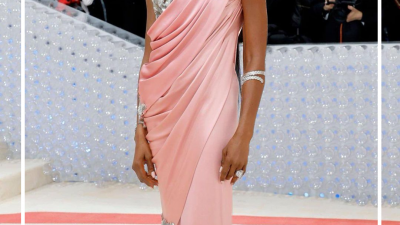
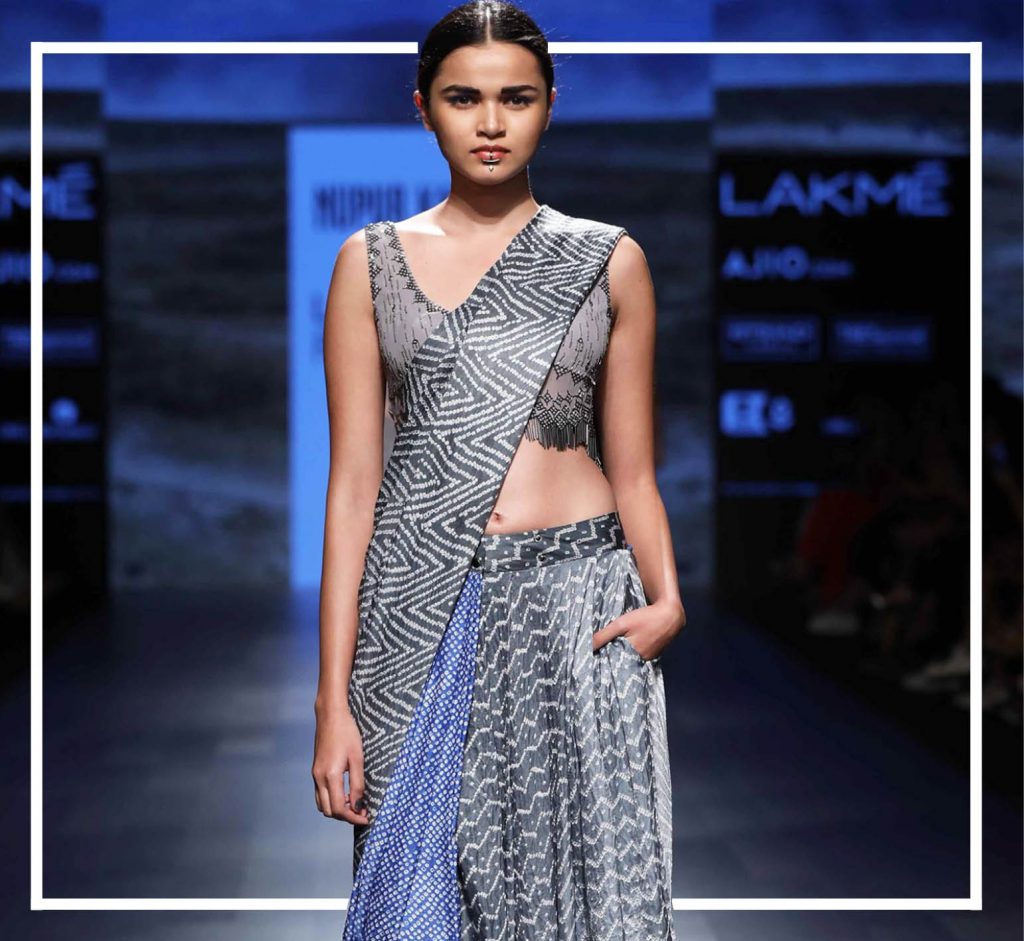

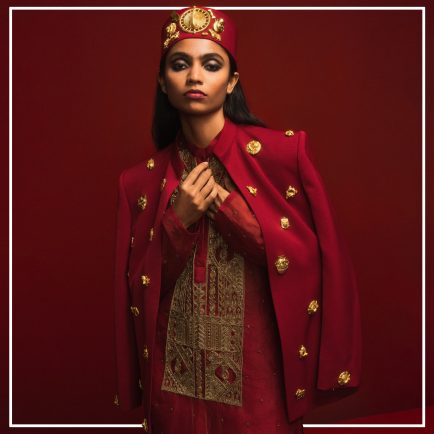

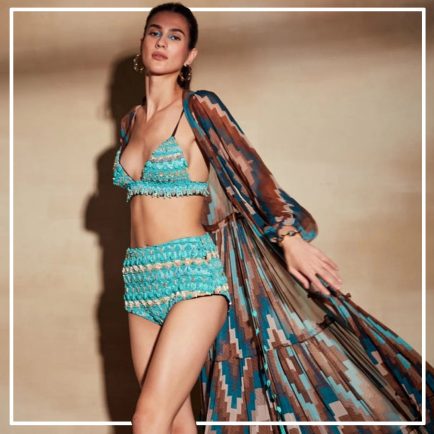
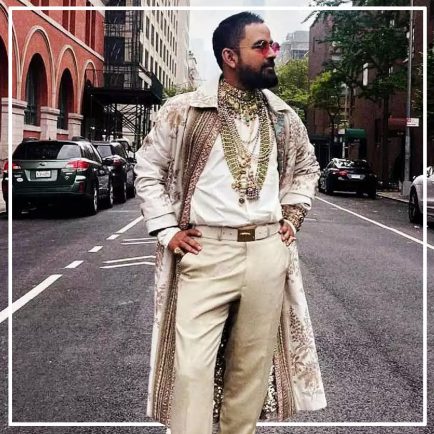
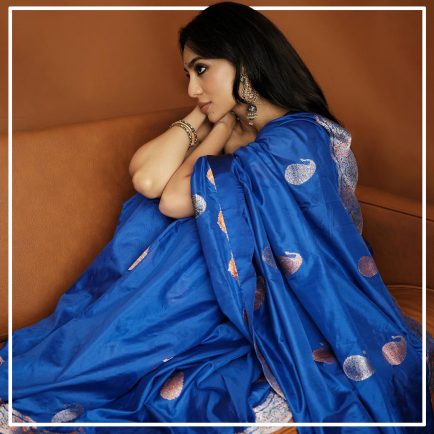
Comments